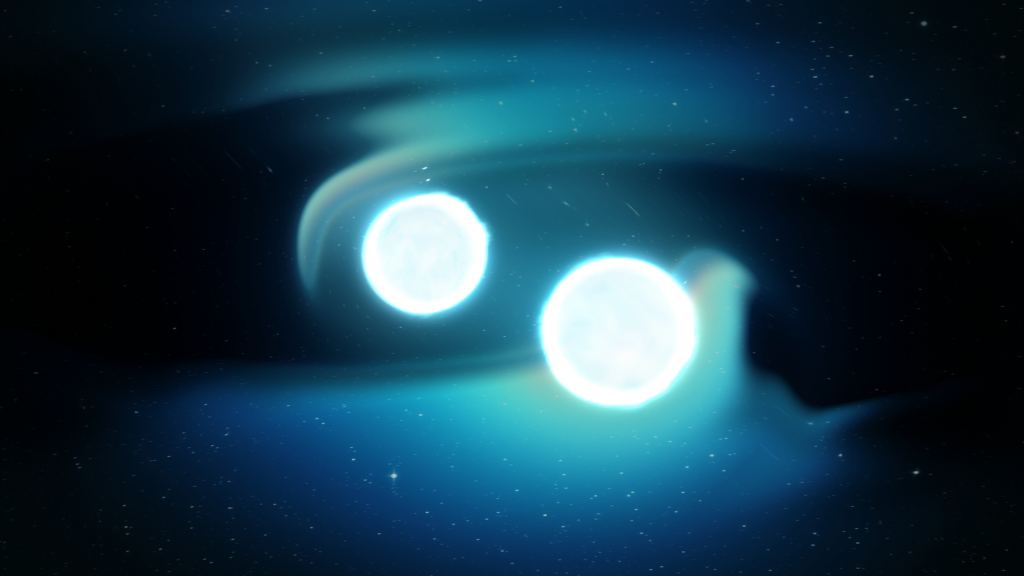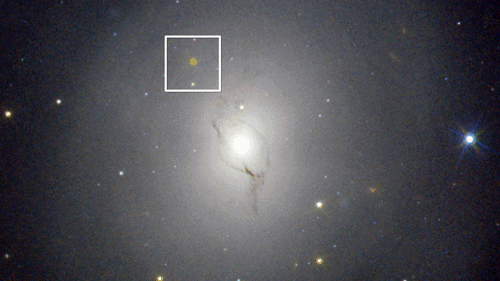Gravitational waves might exhibit quantum properties
Galaxies, planets, black holes: to most people, everything about our Universe sounds and feels enormous. But while it’s true that much of what happens millions of light years away is large, there are also processes happening at the quantum end of the scale. That’s the branch of science which explains how nature works at very … Read more



